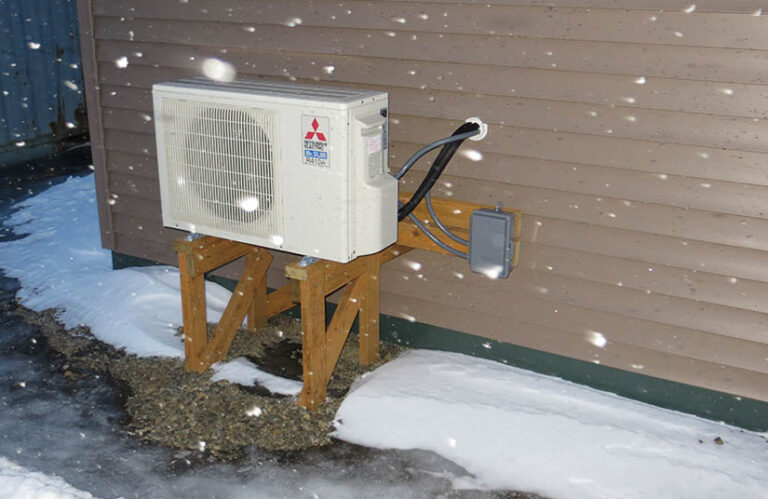Building renovations in Europe have nearly ground to a halt, threatening the continent’s path to carbon neutrality, according to a new report from the European Climate Neutrality Observatory (ECNO). Experts say slow construction is only part of the problem. The sector has missed opportunities in digital efficiency that could be a low-cost solution in the near term.
“With AI optimization, buildings could already cut emissions by up to 30 percent without waiting for construction work,“ Donatas Karčiauskas, CEO of Exergio, a company developing AI-based energy optimization tools, said in a statement.
From 2018 to 2023, annual carbon dioxide reductions from Europe’s building sector averaged 16.5 million tons, ECNO found. To meet 2030 climate targets, those cuts must double. Yet only 1 percent of buildings are being upgraded each year, and just 0.2–0.3 percent undergo deep energy retrofits, according to the report.
Read More: Energy Efficiency Retrofits Could Backfire Without Ventilation
At the same time, embodied emissions, which are the carbon released from producing materials like cement and brick, are climbing. Demand for those materials is up 18 percent over five years, ECNO reports.
The findings also suggest a lag in electrification. Electrifying everything that can be electrified is important to reducing fossil fuel use. The European Union set a goal to raise electrification from 21.3 percent in 2022 to 32 percent by 2030. Demand for the necessary equipment, however, has moved in the wrong direction, the report states. Heat pumps are a crucial technology for replacing fossil fuels in buildings, and their sales have fallen in 2023 and 2024. Annual investments in heat pumps total €19 billion, far short of the €55 billion needed to reach 30 million units by the end of the decade.
ECNO adds that infrastructure that supports electrification, such as smart meters and optimization tools, has been ‘far too slow’ or not tracked at all.
Mr. Karčiauskas argues that these tools are essential.
“Smart meters and optimization tools are the backbone that makes electrification work. They track electricity and heat use in short intervals, often every 15 minutes, and show how demand changes across floors or tenants. Occupancy sensors add another layer by showing when rooms are actually used. With that data, AI can, for example, warm offices before staff arrive in the morning, cool meeting rooms before they fill up in the afternoon, or shift energy use to cheaper night-time tariffs. Without this system, installing more heat pumps will not deliver the expected results,” Mr. Karčiauskas says.
AI-driven ‘soft retrofits’ can cut heating waste by up to 30 percent within weeks, Mr. Karčiauskas says. The energy savings are in heating, cooling, and ventilation, which account for about 60 percent of a commercial building’s energy use. Without optimization, those systems run inefficiently. Instead of adapting, traditional systems can waste energy by heating empty spaces, colliding with cooling units, or overshooting the target temperature by several degrees.
Experts agree that smart technologies are part of the mix of tools needed to reduce carbon emissions in the built environment, but their effects may be nuanced by the type of building in question.
While Mr. Karčiauskas’ analysis appears to center on commercial buildings, residential buildings ‘would be a different case altogether,’ Buddila Wijeyesekera, a post-doc researcher at the University of Galway, Ireland, told Engineering for Change by email. Why? Because their energy consumption and indoor environmental qualities vary significantly, Mr. Wijeyesekera says. He is investigating the impacts of energy retrofits on carbon reduction, including solutions to the unintended consequence of worsening indoor air quality.
“I would like to point out that another key concept that is being researched at the moment is “Smart Ventilation” which will play a key role in reducing the residential energy consumption while maintaining acceptable indoor air quality within the buildings. Also note that it will always be the challenge on how we can balance energy efficiency, indoor environmental quality and the cost together,” Mr. Wijeyesekera says.
A takeaway from the ECNO report is that the EU cannot achieve climate neutrality without improving its buildings, and the same is likely true in the rest of the world, Mr. Karčiauskas says. Digital retrofits could be a first step. They can cut emissions immediately, enable electrification, and provide the performance data policymakers still lack, Mr. Karčiauskas says.

